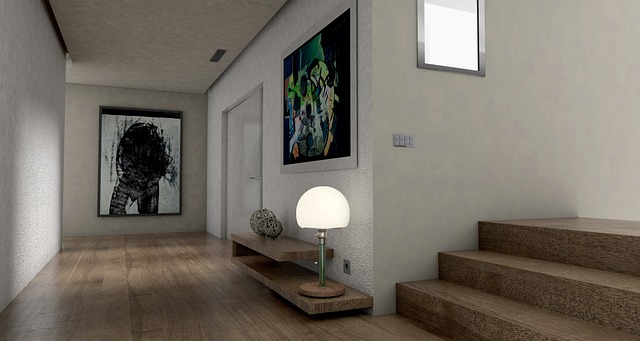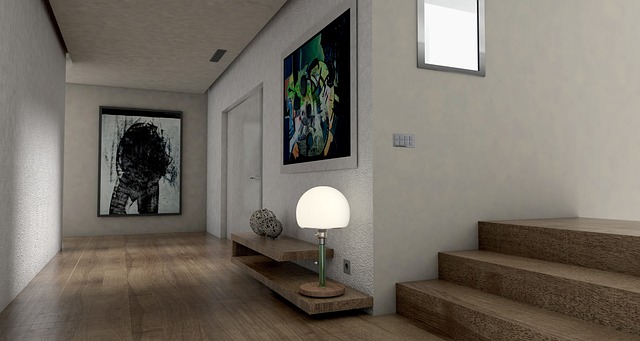In the ever-evolving landscape of technology, 3D rendering stands as a cornerstone of innovation, particularly in the realms of Virtual Reality (VR), Augmented Reality (AR), and the Metaverse. As we delve into these captivating domains, we find ourselves not just spectators but active participants in a digital transformation that is reshaping our experiences and interactions.
Virtual Reality offers an immersive experience that transports users into entirely constructed worlds. With advancements in 3D rendering techniques, these virtual environments have become increasingly lifelike. Imagine donning a VR headset and being instantly transported to a bustling metropolis, where every street corner is intricately designed, and the reflections in glass buildings shimmer with authenticity. Thanks to sophisticated 3D rendering, it feels not only real but also emotionally engaging. This depth of experience allows users to explore and interact in ways that were previously unimaginable, fostering a new understanding of space, presence, and community.
On the other end of the spectrum lies Augmented Reality. Unlike VR, which immerses the user fully in a digital world, AR overlays digital information onto our physical environment. With 3D rendering advancements, the integration of virtual objects into the real world feels seamless. Picture this: you’re at a café and, while sipping coffee, your phone’s AR application activates, placing a 3D sculpture right in front of you. You can walk around it, view it from different angles, and even interact with it. This captivating blend creates an engaging experience where reality and simulation coexist harmoniously, enhancing our everyday lives and enriching our understanding of information and art.
As we venture into the Metaverse, a still-nascent collection of virtual spaces and experiences, 3D rendering becomes even more pivotal. The promise of the Metaverse is to bring together aspects of VR, AR, and more into a collective, persistent digital universe. In such an environment, every individual can craft their avatar, create virtual spaces, and engage in social interactions across the globe. High-quality 3D rendering ensures that environments are not just practical but aesthetically compelling, making the Metaverse a place where imagination can run wild and communities can thrive. From attending virtual concerts to exploring digital marketplaces, the potential for human connection and expression is limitless.
With each technological leap in 3D rendering, we move closer to a future where our digital and physical lives are intricately woven together. These advancements not only enhance entertainment and leisure but also hold transformative potential for education, healthcare, and professional fields. As we continue to explore and innovate, one thing is clear: the horizon of simulation is vast and filled with possibilities, inviting us all to step into a new era of experience.



